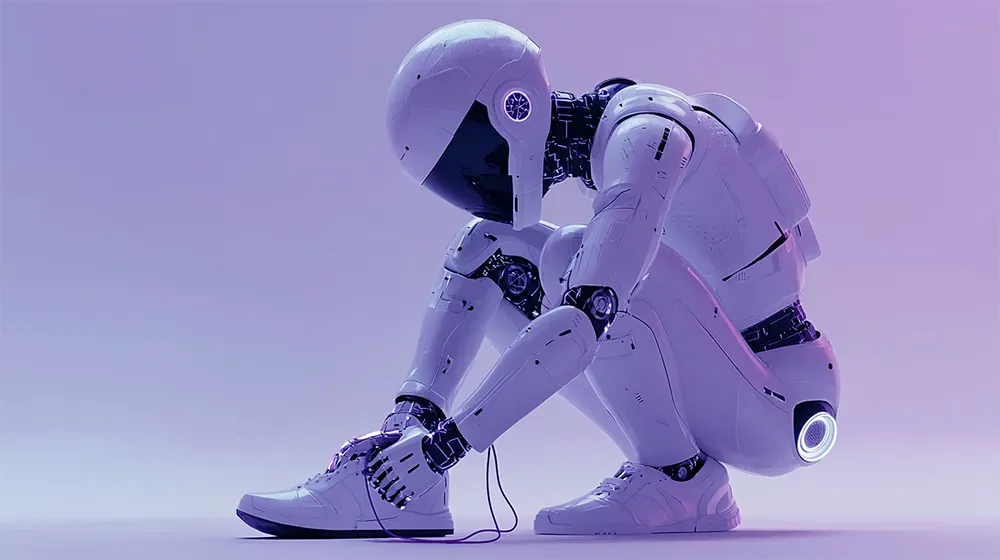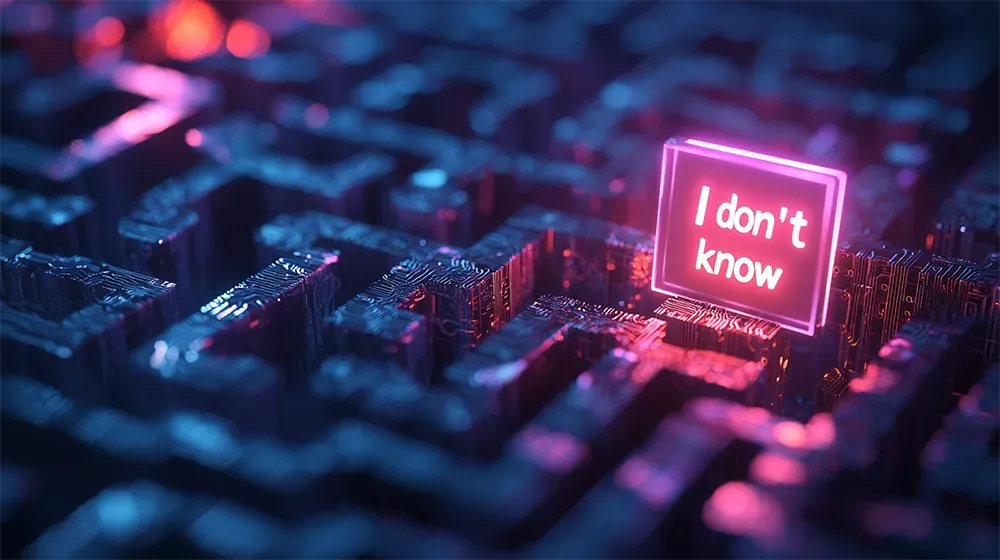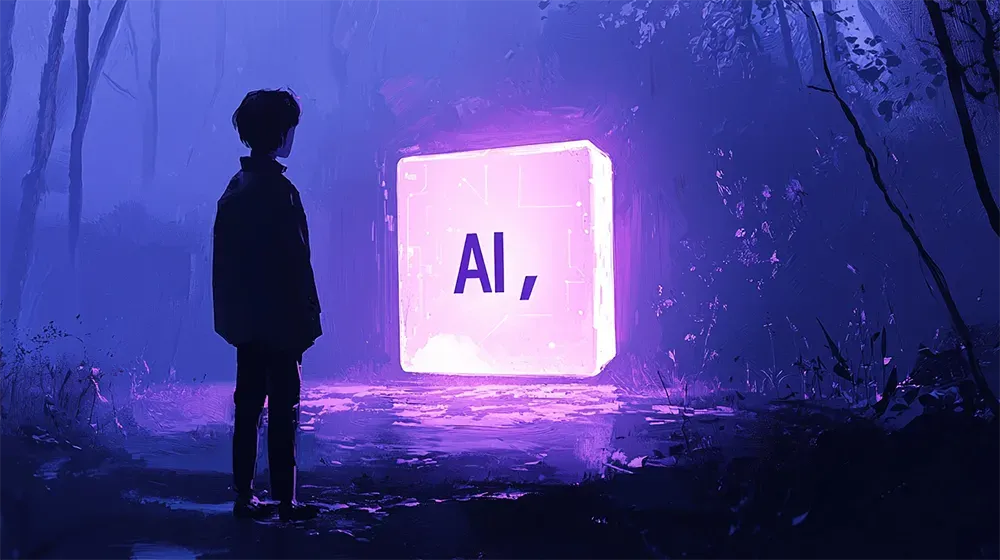When Robots Learn Like Babies

Are robots on the verge of outsmarting your toddler? The future of intelligence might not look human, but it’s learning to act like one.
The next wave of robotics takes cues from human development, using AI to learn physical tasks instead of pre-programming. Google DeepMind's experiments with robot dexterity, like a machine tying shoelaces or folding laundry, showcase how "imitation learning" and reinforcement learning enable robots to adapt.
Unlike scripted tasks of the past, these robots train themselves by mimicking human actions, guided by data. However, challenges remain: robots lack intrinsic motivation and struggle with the unpredictability of real-world physics.
- Reinforcement learning drives robots to self-teach tasks like handling delicate objects.
- Humanoid designs, like Google’s ALOHA and Figure’s Phoenix, replicate human movements for training efficiency.
- Generalist AI aims to unify robotics, enabling seamless skill transfer across machines.
If robots can teach themselves physical tasks, what role does human ingenuity play in shaping their future use? Should we celebrate the efficiency or fear the displacement of human skill? Let me know your thoughts below.
Read the full article on New Yorker Magazine.
----
💡 We're entering a world where intelligence is synthetic, reality is augmented, and the rules are being rewritten in front of our eyes.
Staying up-to-date in a fast-changing world is vital. That is why I have launched Futurwise; a personalized AI platform that transforms information chaos into strategic clarity. With one click, users can bookmark and summarize any article, report, or video in seconds, tailored to their tone, interests, and language. Visit Futurwise.com to get started for free!






